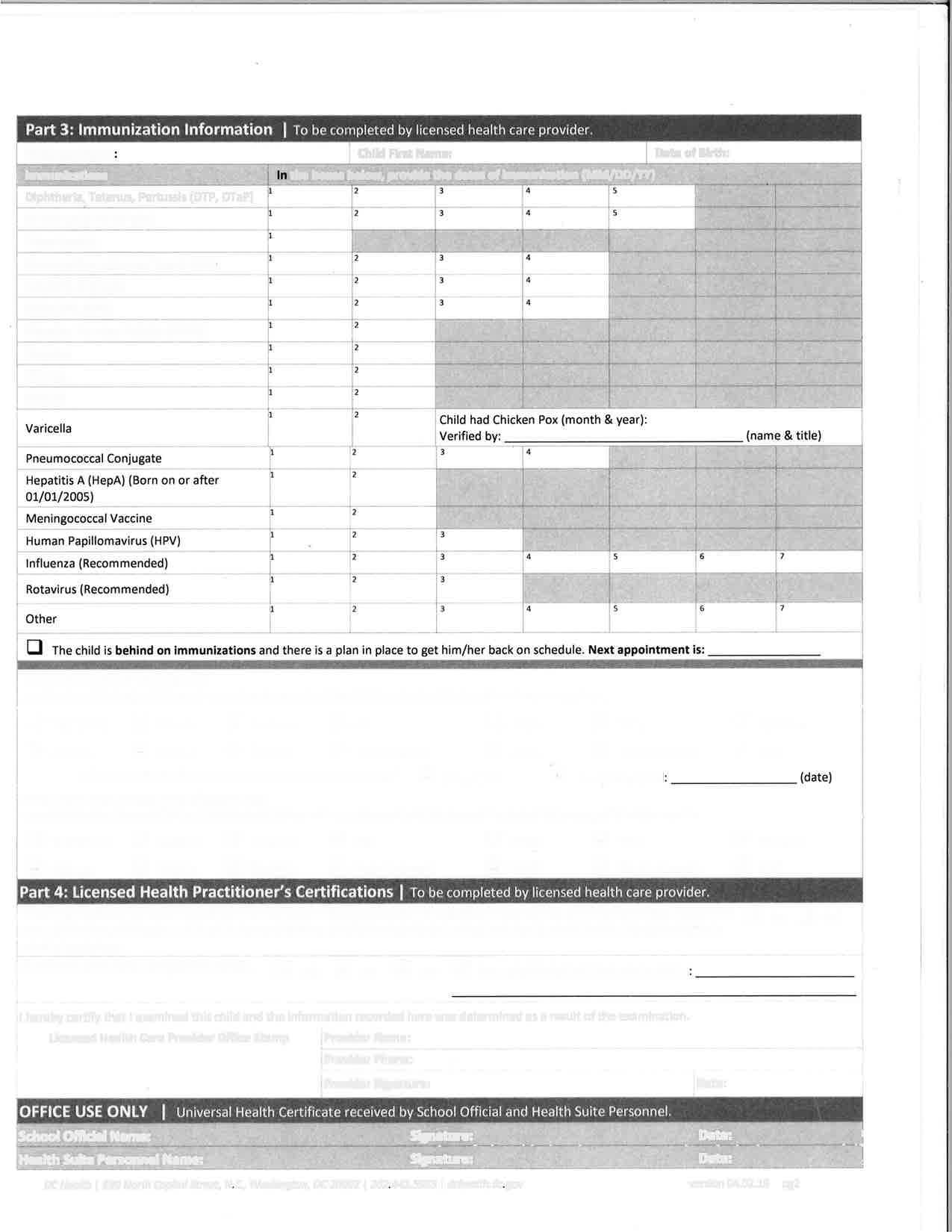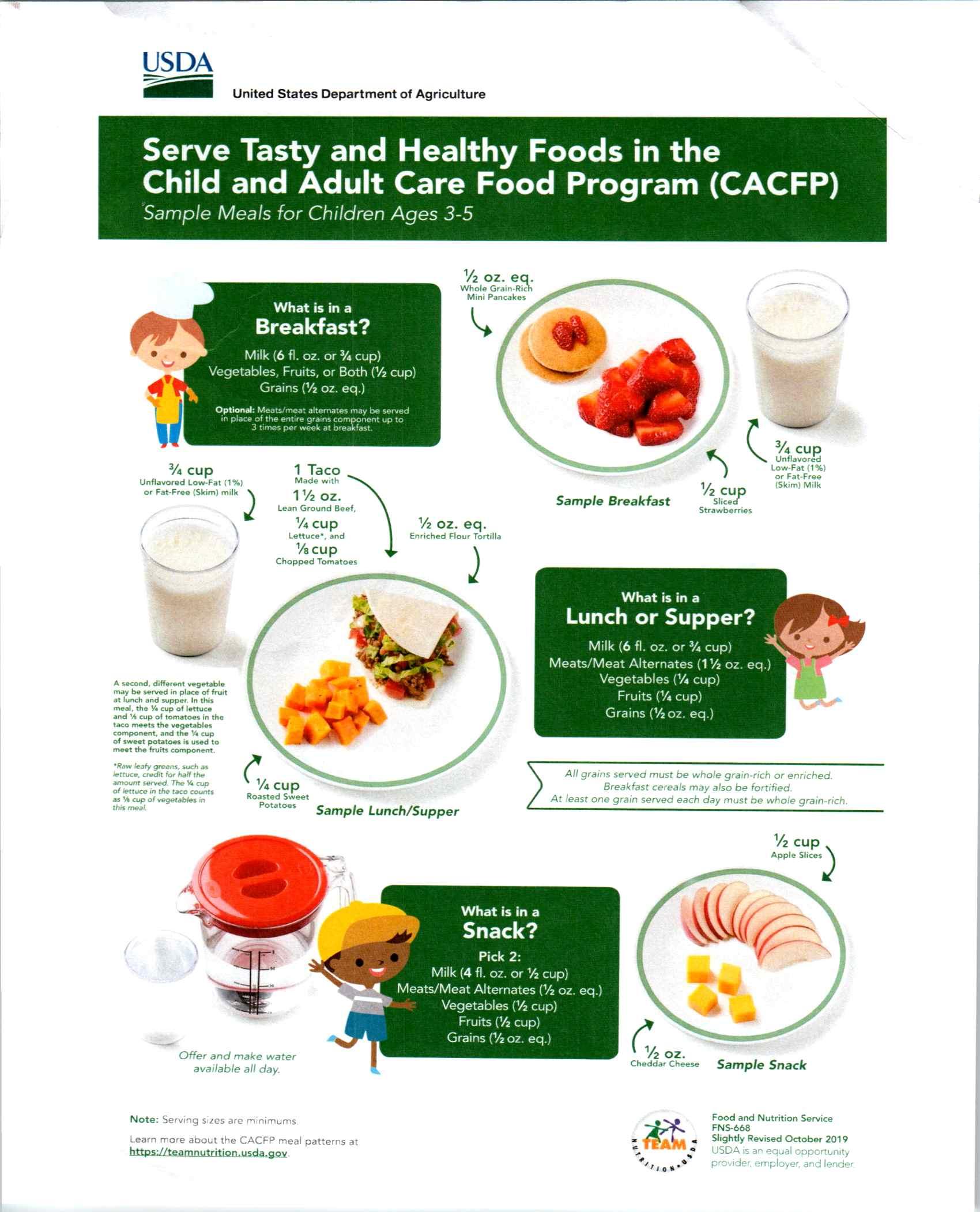

FAMILY RESOURCE HUB










Handwashing at Home, at Play, and Out and About

Germs are everywhere! They can get onto your hands and items you touch throughout the day. Washing hands at key times with soap and water is one of the most important steps you can take to get rid of germs and avoid spreading germs to those around you.
How can washing your hands keep you healthy?
Germs can get into the body through our eyes, nose, and mouth and make us sick. Handwashing with soap removes germs from hands and helps prevent sickness. Studies have shown that handwashing can prevent 1 in 3 diarrhea-related sicknesses and 1 in 5 respiratory infections, such as a cold or the flu.
Handwashing helps prevent infections for these reasons:
People often touch their eyes, nose, and mouth without realizing it, introducing germs into their bodies.
Germs from unwashed hands may get into foods and drinks when people prepare or consume them. Germs can grow in some types of foods or drinks and make people sick.
Germs from unwashed hands can be transferred to other objects, such as door knobs, tables, or toys, and then transferred to another person’s hands.
What is the right way to wash your hands?
1. Wet your hands with clean running water (warm or cold) and apply soap.
2. Lather your hands by rubbing them together with the soap.
3. Scrub all surfaces of your hands, including the palms, backs, fingers, between your fingers, and under your nails. Keep scrubbing for at least 20 seconds. Need a timer? Hum the “Happy Birthday” song twice.
4. Rinse your hands under clean, running water.
5. Dry your hands using a clean towel or air dry them.
When should you wash your hands?
Handwashing at any time of the day can help get rid of germs, but there are key times when it’s most important to wash your hands.
• Before, during, and after preparing food
• Before eating food
• Before and after caring for someone who is sick
• Before and after treating a cut or wound
• After using the bathroom, changing diapers, or cleaning up a child who has used the bathroom
• After blowing your nose, coughing, or sneezing
• After touching an animal, animal food or treats, animal cages, or animal feces (poop)
• After touching garbage
• If your hands are visibly dirty or greasy
What type of soap should you use?
You can use bar soap or liquid soap to wash your hands. Many public places provide liquid soap because it’s easier and cleaner to share with others. Studies have not found any added health benefit from using soaps containing antibacterial ingredients when compared with plain soap. Both are equally effective in getting rid of germs. If soap and water are not available, use an alcohol-based hand sanitizer that contains at least 60% alcohol.
How does handwashing help fight antibiotic resistance?
Antibiotic resistance occurs when bacteria resist the effects of an antibiotic – that is, germs are not killed and they continue to grow. Sicknesses caused by antibiotic-resistant bacteria can be harder to treat. Simply using antibiotics creates resistance, so avoiding infections in the first place reduces the amount of antibiotics that have to be used and reduces the likelihood that resistance will develop during treatment. Handwashing helps prevent many sicknesses, meaning less use of antibiotics.



